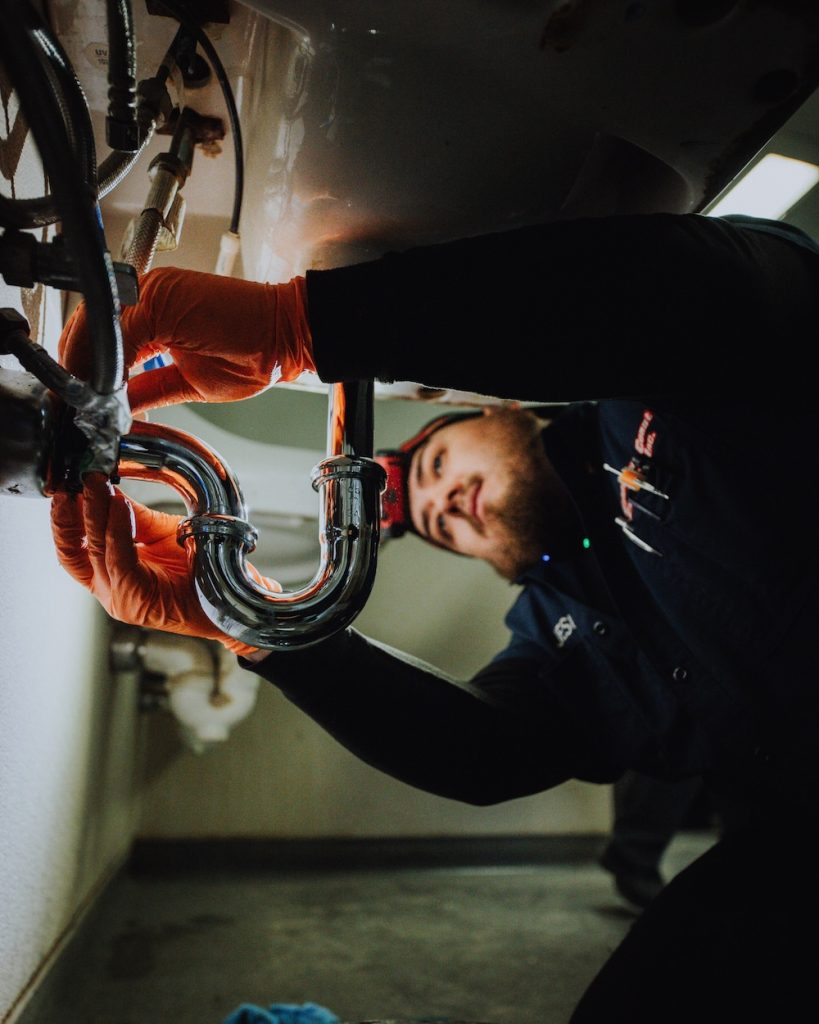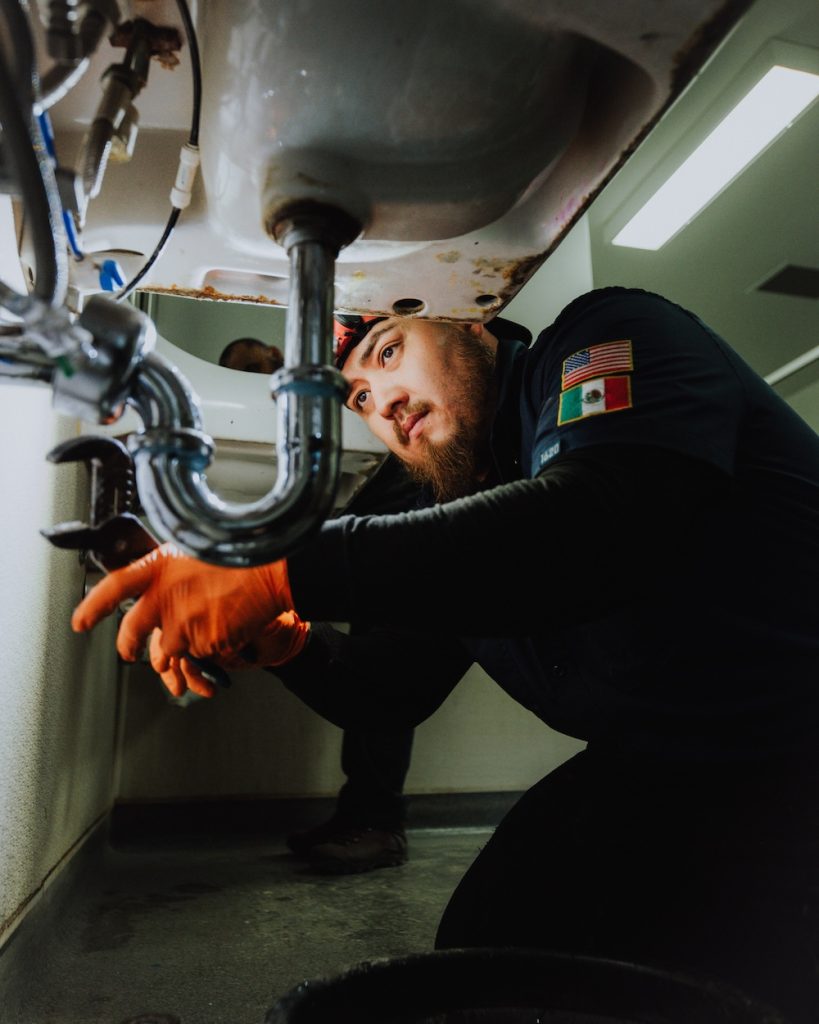There is a tiny plumbing hero under your sinks, bathtubs, showers, and other fixtures with drains. It’s the P-trap: a curved pipe in the alphabet “P” shape when you see it from the side.
Although you may not be fascinated by looking at it first, it does more than you think. So, how does a P-trap work? Let’s find out!


Types of P-Traps
There are a few P-trap variations available in the market for different plumbing needs and setups:
- Standard P-Trap: The most common type of P-trap with a basic U-shaped design found under sinks.
- Bottle Trap: The shape of this trap is cylindrical and it is now very common in modern homes where anyone can see it easily. So an aesthetic element is added for the beauty.
- Deep Seal P-Trap: In situations where there is a lot of fluctuation in air pressure, a deep seal P-trap is the preferred choice. The U-bend goes deep, which holds more water for a much better seal and thus offer added protection.
- S-Trap: An S-trap works similarly to a P-trap but is shaped like the letter “S.” It was used in older plumbing but has since been replaced by the P-trap due to its better working and code compliance.
What Is the Purpose of the P-Trap?
Sewer gases can be really harmful to your health if you inhale them day and night. A P-trap stops their smell from making their way back into your home. It does so by using water to create a seal within the pipe to block these gases from rising up through the drain.
The P-trap is also useful for something that accidentally goes down the drain. A few examples are:
- Hair
- Soap
- Small objects
The shape of the pipe does a splendid job of trapping these types of debris. This way, clogs don’t form deeper in your plumbing, and you can clean them without much trouble.
How Does a P-Trap Work?
A standard P-trap has:
- U-bend: Curved section of the trap.
- Straight Tailpiece: Connects to the fixture.
- Trap Arm: Connects the U-bend to the main drainage system.
- Cleanout Plug: An optional feature located at the bottom of the curve.
Here’s how all these parts work together and stop sewer gas backup:
- Water flows down the drain: When you run water down the sink, shower, or bathtub, it flows through the straight tailpiece into the U-shaped part of the P-trap.
- Water collects in the U-bend: Not all of the water drains away. Some of it stays trapped in the U-bend, which always holds a small amount of water after every use. The design uses gravity to keep water and debris in the trap. Water flows through, while heavier debris may settle at the bottom of the curve. If solid particles or small objects enter the drain, the P-trap captures them in its curve, which you can remove if you have the optional cleanout plug.
- Wastewater flows through the trap arm: The rest of the water continues through the trap arm, which connects the trap to the venting system to puff out the sewer gases.
- The water seal blocks sewer gases: The water that remains in the U-bend acts as a physical barrier, preventing sewer gases from rising up through the drain. Since these gases can’t penetrate the water, they are effectively blocked from entering your home.
How Do I Know If My P-trap is Working?
A working P-trap is important for maintaining a safe and odor-free indoor environment in your residential or commercial space. Therefore, it is necessary to look for the signs if it fails to function.
1. No Foul Odors
This is the obvious one! If there is no bad smell coming from the drain, this means the P-trap is working great, maintaining its water seal and blocking gases from coming up into your home.
2. Proper Drainage
A functioning P-trap lets water move without any restrictions through your drains. If you notice any slow draining or frequent clogs, it could indicate an issue with the P-trap, like a buildup of debris. This also happens in case of an incorrect installation.
3. No Visible Leaks
Check under your sinks for water leaks near the P-trap. If you see drips from the trap’s joints or seals, tighten it or replace the whole part to work again.
4. Regularly Used Fixtures
A P-trap works best when the water seal is consistently filled up. If the fixture is used regularly, the P-trap should be working fine. However, if you use a particular drain less, the water in the P-trap can evaporate, and this causes the seal to break. So try to run the water down the drain at least every two days to make sure the seal remains intact.
5. No Gurgling Sounds
If your drains are making strange gurgling noises, it could be a sign of an issue with the P-trap or venting system. A working P-trap should drain water without any unusual sounds.
Conclusion
P-trap, the tiny little gadget, works wonders for your home or commercial property’s plumbing. If you notice any symptoms that raise suspicions in your mind regarding the P-trap’s functionality, try to clean it yourself. Otherwise, call a professional plumber to replace the part to put your mind at ease.
